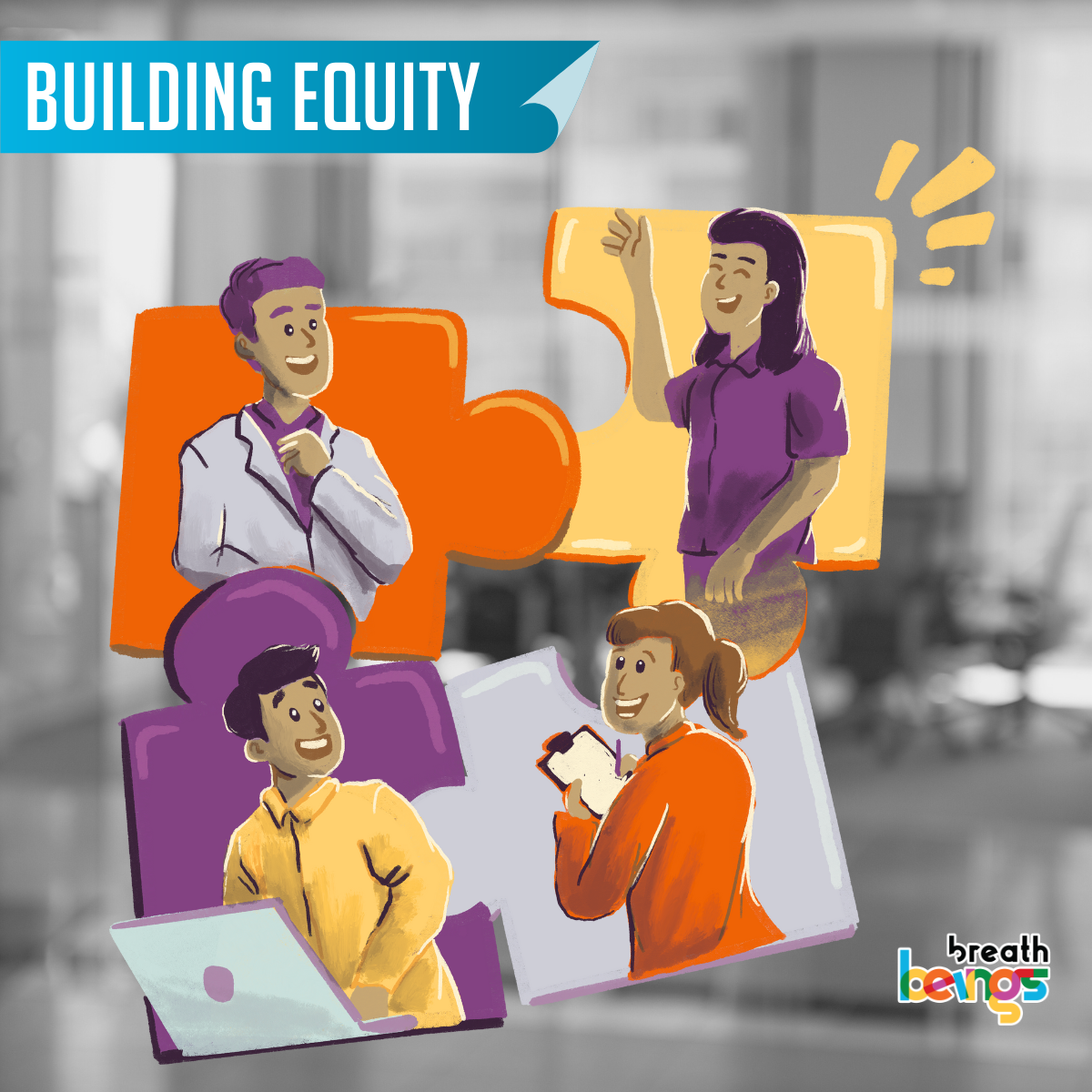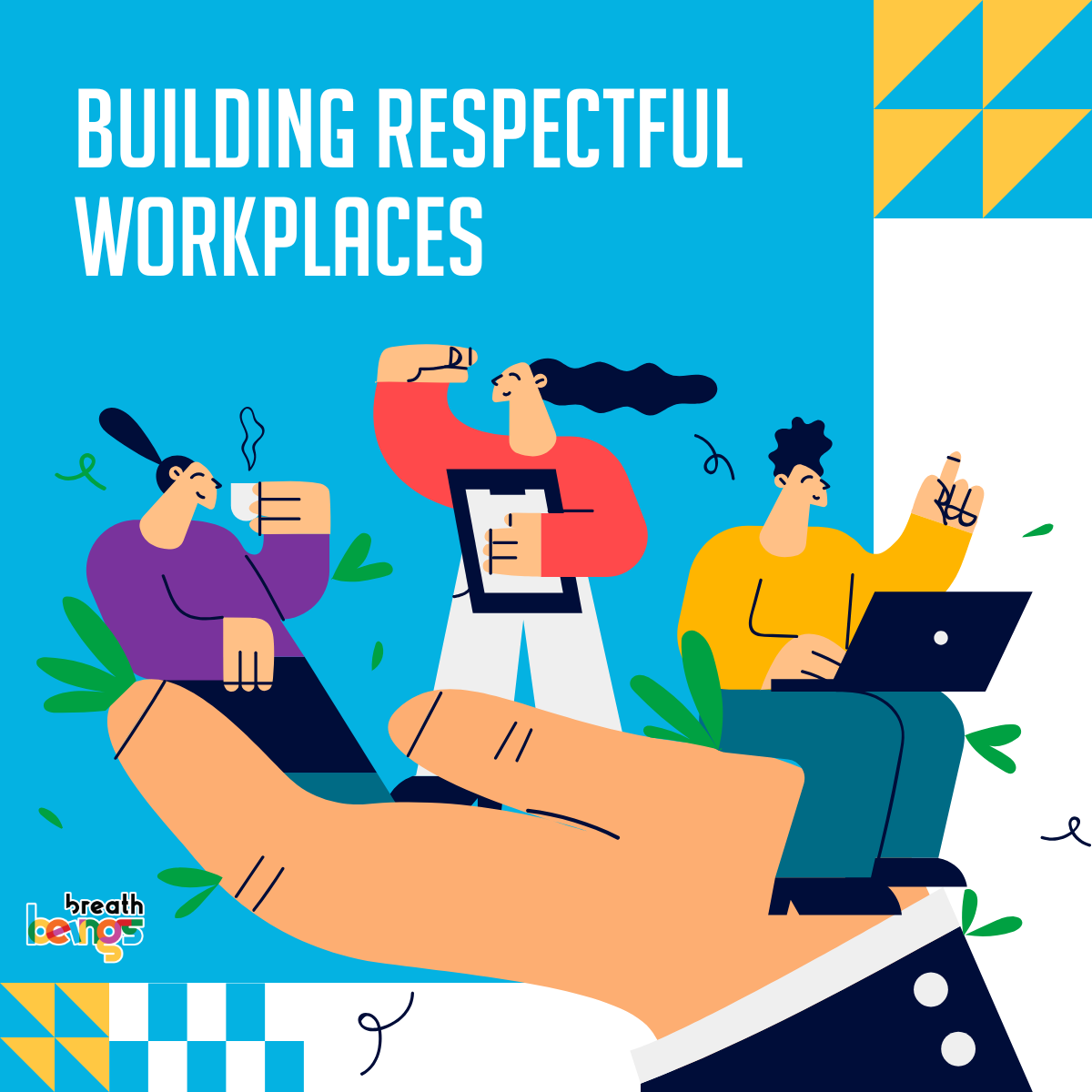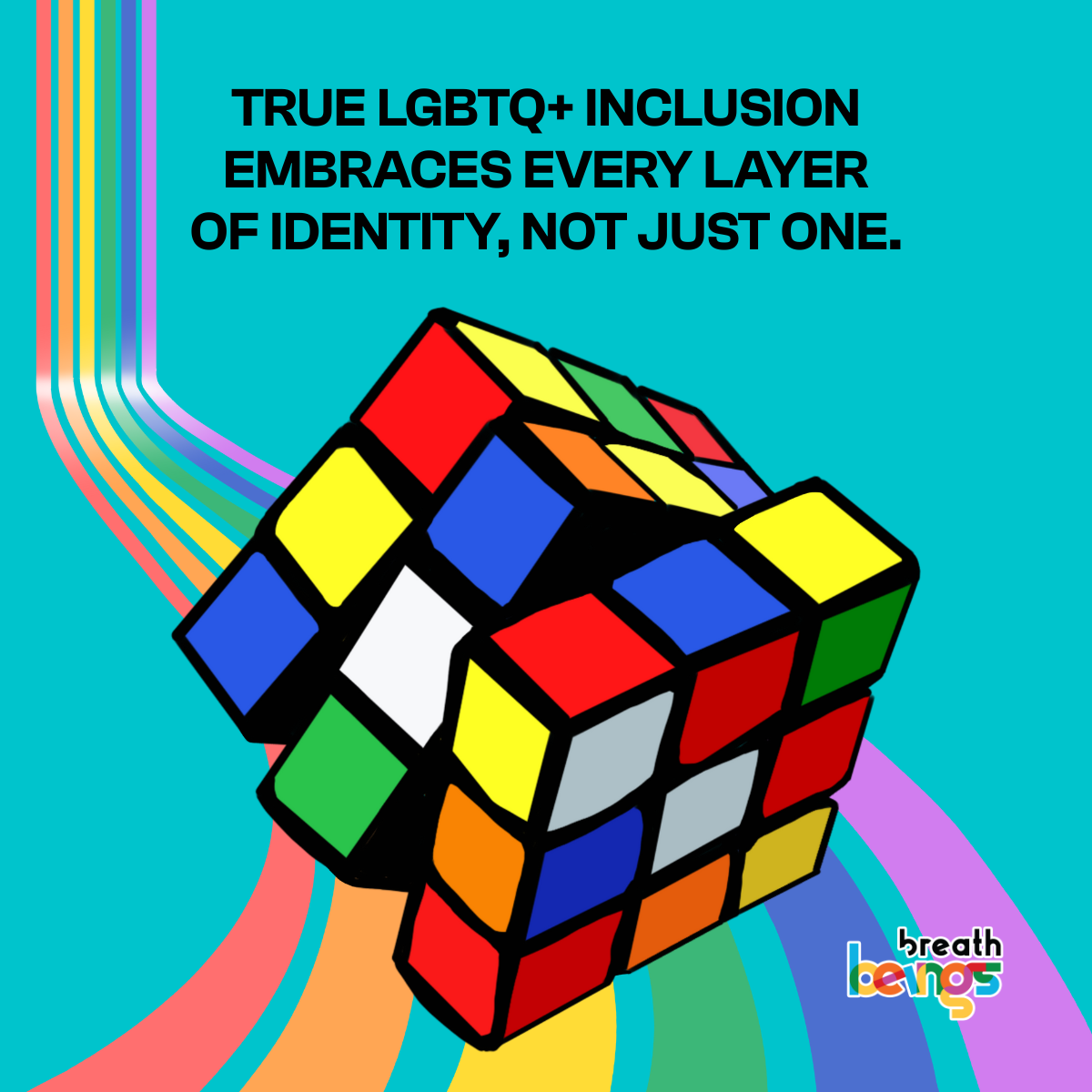In 2021, Cisco launched an interesting project named the “Proximity Initiative”.
The idea was about “having one-on-one conversations with people that are different from (leaders) — to understand their lived experience, to seek to understand and learn,” explains Alex Allen, Senior Director of Social Impact and Inclusion at Cisco.
Leaders were encouraged to spend time with employees from different backgrounds to better understand their experiences at work. As leaders engaged in these discussions, they gained greater understanding into the challenges employees faced as they shared their personal experiences. It gave a clearer view of who had access to mentorship, whose voices were heard in meetings, and where barriers existed.
The result? More inclusive decision-making, stronger advocacy for underrepresented groups, and a workplace culture where employees felt seen and valued.
The benefits of proximity are underestimated and, often, unseen. Proximity drives action, does away with a cookie cutter approach towards employee issues, and builds equity through small but significant changes. “When you are proximate, details emerge, insights emerge, understandings emerge, that you will not achieve from a distance,” observes Bryan Stevenson, founder and executive director of the Equal Justice Initiative.
The way leaders facilitate discussions impacts who gets opportunities, and who feels a sense of belonging. Leaders don’t need to have every solution in place, but they do need to create space for conversations that lead to real change.
For teams that want to move from acknowledging inequities to actively addressing them, embedding equity into daily conversations is key.
Here are nine conversation starters designed to help you get started.
#1 When was the Last Time you Felt Truly Heard at Work?
Employees who feel their ideas and concerns are acknowledged are more likely to collaborate and innovate. Yet, inevitably, in many workplaces, certain voices dominate while others struggle to be noticed.
The answers to this question can reveal gaps such as employees feeling dismissed in meetings or excluded from decision-making.
It also enables leaders to consciously set clearer norms around active listening, and encourage quieter team members to contribute.
#2 What’s One Thing we can do to Ensure Equal Access to Mentorship and Networking?
Women, people of color, and employees from underrepresented backgrounds often face invisible barriers limiting their access to influential mentors.
Leaders can uncover gaps in existing mentorship programs with the responses to this question. They can know, for example, if mentoring opportunities are being promoted equally across the organization or if employees feel comfortable seeking guidance from senior leaders.
Organizations can then adjust their mentorship programs, sponsorship initiatives, leadership training and other initiatives accordingly.
#3 What’s One Small Change we Could Make Today to Create a More Equitable Team?
Big initiatives often take time, but equity is also built through small, everyday actions. A simple shift like changing how meetings are structured, ensuring everyone has access to high-visibility projects, or improving the modes of giving feedback can make a significant impact.
Employees might suggest alternatives to “who speaks first” in meetings, greater transparency in performance reviews, or even adjusting how team celebrations are planned to be more inclusive.
#4 Who Gets to Fail Safely Here?
Failure is often framed as a learning experience, but not everyone is given the same freedom to make mistakes. This disparity can discourage risk-taking and limit career growth for those who feel they must always be perfect.
With this question, leaders can understand what kind of initiatives are needed to ensure failure is treated equitably within the team.

#5 Have you ever had to Change Something about yourself to Fit in here?
For many employees, fitting into workplace culture comes with unspoken expectations. This might mean avoiding some topics or changing certain behaviors. While some adaptation is natural in any professional setting, employees should not feel pressured to erase parts of their identity to belong.
This conversation can reveal where team culture might unintentionally exclude certain groups. If employees feel they have to change fundamental aspects of themselves to be accepted, leaders can explore ways to embed inclusion deeper into workplace culture.
#6 When was the Last Time you saw Someone Speak Up for a Colleague?
An inclusive workplace doesn’t stop with the policies, though. Advocacy plays a major role in making sure voices aren’t drowned out.
For instance, employees struggling to recall moments when they saw colleagues stepping up for each other is not a good sign. With responses to this question, organizations can explore if this happens due to fear of repercussions or unclear expectations around allyship and address them as appropriate.
#7 Who is Missing from this Conversation?
Too often, key voices are left out, whether it’s junior employees, remote workers, or those from underrepresented backgrounds. When certain groups are absent from decision-making, their needs and ideas may go unrecognized, leading to policies and practices that unintentionally reinforce inequities.
This question challenges teams to think critically about inclusion beyond just demographics.
#8 What Assumptions do we Make About Who is ‘Ready’ for Leadership?
Organizations often make subjective assessments of readiness for leadership. It’s common for women and underrepresented groups to face more obstacles in accessing leadership opportunities due to biases and discriminatory policies.
Organizations need to have processes in place to assess whether they are unintentionally favoring certain profiles while missing out on high-potential employees from different backgrounds. And leadership readiness should be measured in ways that account for diverse strengths, rather than outdated or exclusionary standards.
#9 How do we Measure Success, and is that Definition Equitable?
Success in the workplace is typically measured by performance metrics, but those metrics don’t always capture an employee’s full potential. Employees who mentor others, foster collaboration, or improve team morale may not have tangible metrics tied to their efforts, yet their work is essential to long-term success.
This question helps organizations reconsider success parameters and take into account the impact employees make, rather than just the outcomes that are easiest to quantify.
Turning Conversations into Action
Conversations alone won’t create equity, but they are a critical starting point. Not everyone will open up. Some might welcome the opportunity but some might hang back. And that’s okay. There’s bound to be apprehension, doubts, awkwardness, and a host of other emotions tumbling within each individual.
But keeping up an ongoing effort is key. By embedding these conversations into regular team interactions, organizations can move beyond passive commitments and demonstrate their commitment towards inclusion to build confidence in employees.
As Allen says, “When people are valued, heard, celebrated for their unique perspective, experiences and identities that they will bring, we know that we will be unstoppable as a company.”
That goes for your company as well.












